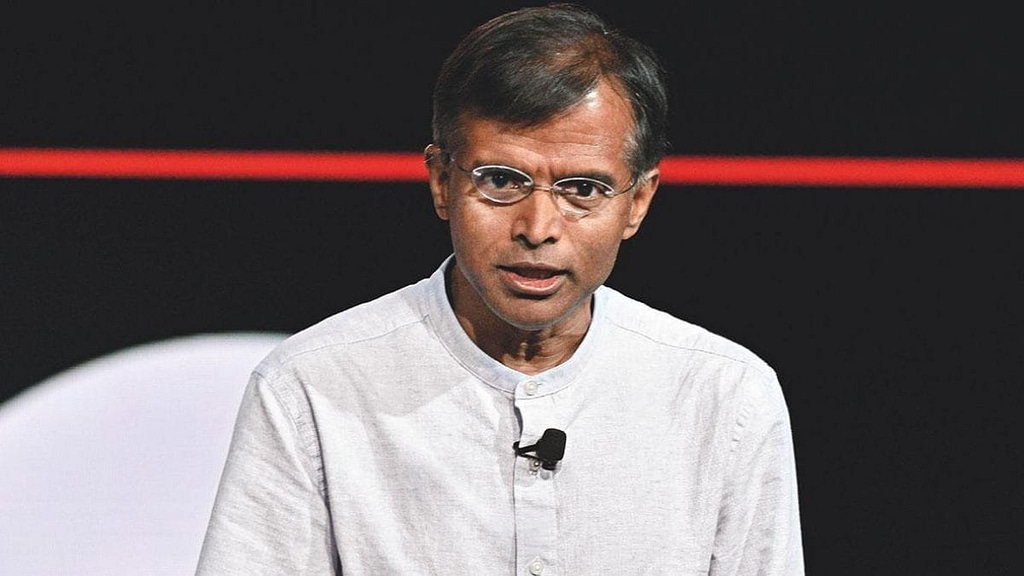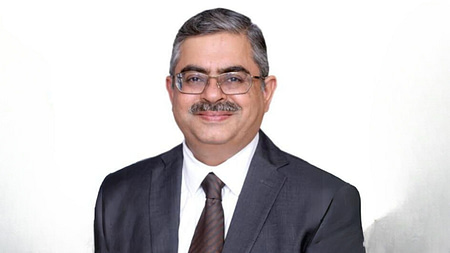New Delhi: Aswath Damodaran, a renowned finance professor at New York University’s Stern School of Business, predicts that the US banking crisis is not yet over. He believes that more banks will fail, with those that have experienced the most growth in recent years being the most at risk. Although the banking crisis may seem like a slow-motion car wreck, Damodaran believes that it will not create significant costs for the rest of us but will redistribute wealth across banks.
To understand the banking crisis, Damodaran explains that banks collect deposits from customers and invest those deposits in loans and securities. The spread between interest income and expenses is used to cover losses. Each crisis brings new regulations on the banking business and the capital required for safety. The professor notes that the banking industry’s business model enables us to distinguish between good and bad banks, with former banks having stickier deposits on which they pay lower interest rates while earning interest on their loans and investments that more than cover their default risk.
Damodaran further explains that macro crises bring bad banks into the spotlight. For example, if constructing a bank that would be tested by a rise in interest rates, it would be Silicon Valley Bank, with a virally connected clientele, disproportionately large investments in long-term securities, and a duration mismatch made in hell. The stickiness of a bank’s deposits is a function of its depositor characteristics (age and wealth), deposit age (recent vs long-standing), growth in deposits (low vs high), and deposit concentration. Social media has reduced stickiness across the board.
The market reaction to the current banking crisis has been sanguine, with the overall market not missing a step and the damage restricted to banks. Within banks, the damage has been greater to regional banks than to national banks. Contrary to conventional wisdom, market cap losses have been greatest at the largest banks. Breaking down banks based on deposit growth over the last five years, Damodaran found that the market cap loss has been greatest at the banks that have seen the most growth in deposits.
Damodaran predicts that there will be more bank failures, bank concentration will rise, systemic effects will stay small, accounting rules on mark to market will be tightened, and regulators will add duration mismatch and deposit stickiness to the rule book. Although the banking crisis may not be over yet, Damodaran believes that it will not create the same systemic consequences as prior crises.
In conclusion, Aswath Damodaran, a respected finance professor, predicts that the US banking crisis is not yet over and that more banks will fail. The banking crisis may seem like a slow-motion car wreck, but it is unlikely to create significant costs for the rest of us. Rather, it will redistribute wealth across banks. The banking industry’s business model enables us to distinguish between good and bad banks, with former banks having stickier deposits on which they pay lower interest rates while earning interest on their loans and investments that more than cover their default risk. While the banking crisis may not be over yet, Damodaran believes that it will not create the same systemic consequences as prior crises.










